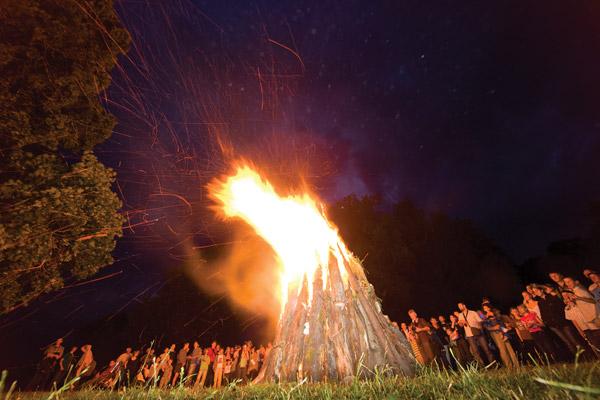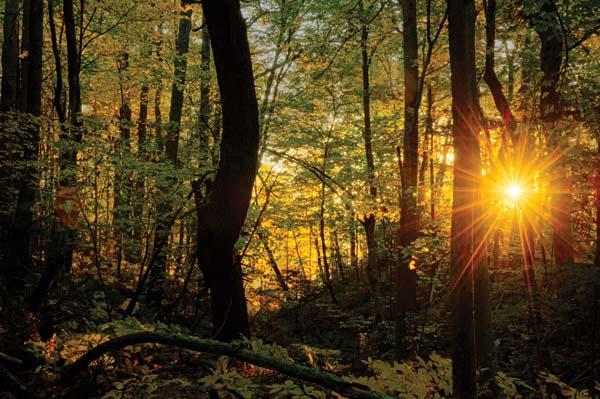Newsletter
Sort By: Post DateTitle Publish Date
|
Oct 25, 2005 |
|
Oct 17, 2013 |
|
Jun 07, 2005 |







